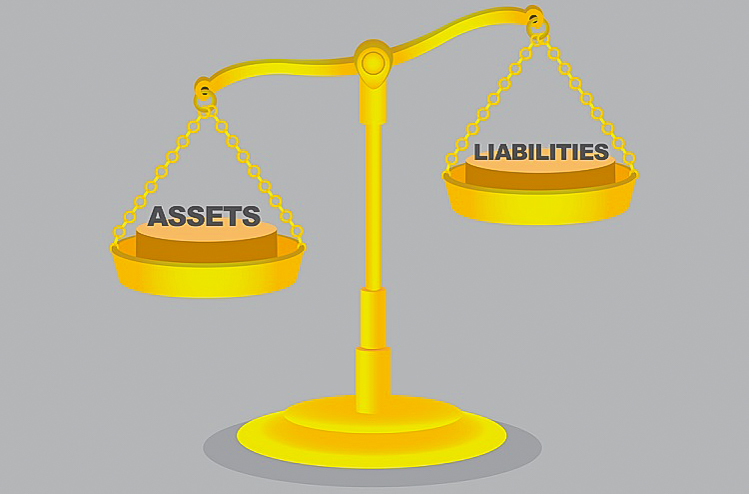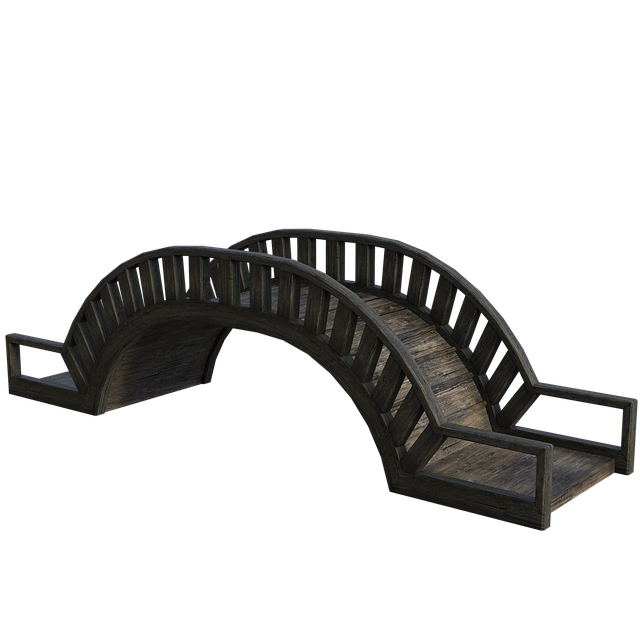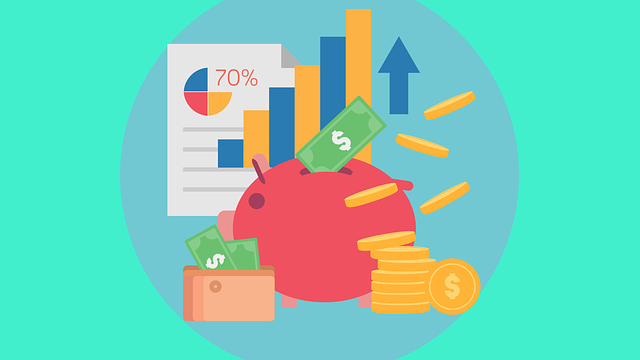Good business accounting practices begin with understanding the difference between assets and liabilities. A typical balance sheet contains two columns: one for assets and another for liabilities. These two key financial metrics provide a general overview of your business’s financial health by tracking how much money your business makes relative to what it spends and borrows. So, what’s the difference between assets vs liabilities? Let’s take a look.
Assets vs Liabilities: What’s the Difference?
Assets Explained
 Any resources owned by a business, which offer long-term monetary value, are known as assets. Businesses acquire assets through a variety of means. This can include selling a product or service, as well as secondary operations such as investing in stocks or purchasing new equipment.
Any resources owned by a business, which offer long-term monetary value, are known as assets. Businesses acquire assets through a variety of means. This can include selling a product or service, as well as secondary operations such as investing in stocks or purchasing new equipment.
Because they reflect the monetary value of your business’s resources, assets are an indicator of a business’s financial health.
There are several different types of assets, some of which include the following:
- Fixed assets are assets purchased or acquired specifically to increase a business’s profits, such as real property.
- Liquid assets are assets that can quickly and easily be converted into the cash, such as a savings account or Certificate of Deposit (CD).
- Tangible assets are physical assets that you can feel, see and touch, such as heavy machinery or equipment.
- Intangible assets are assets that can’t see, feel or touch, such as patents and intellectual property (IP).
Liabilities Explained
 Liabilities, on the other hand, are financial obligations in which a business owes money. If a bank loans you $200,000 to start your business, you are obliged to pay back the $200,000 loan, typically with interest. And because it’s a financial obligation, it’s recorded as a liability on your business’s balance sheet.
Liabilities, on the other hand, are financial obligations in which a business owes money. If a bank loans you $200,000 to start your business, you are obliged to pay back the $200,000 loan, typically with interest. And because it’s a financial obligation, it’s recorded as a liability on your business’s balance sheet.
There are several different types of liabilities, some of which include the following:
- Fixed liabilities are ongoing, regular financial obligations with a length of at least one year. For example, a business loan offered by a bank or private lender would be a fixed liability.
- Current liabilities are short-term financial obligations with a length of less than one year, such as utility bills for a building or store.
Once you’ve identified your business’s assets and liabilities, you can use this information to calculate your business’s debt ratio. This is done by taking your business’s total debt and dividing it by its total assets. Expressed as a ratio, it reveals the value of your business’s assets relative to the cost of its financial obligations.
This article was brought to you by�Intrepid Private Capital�Group�� A Global Financial Services Company. For more information on startup and business funding, or to complete a funding application, please visit our�website.









+ There are no comments
Add yours